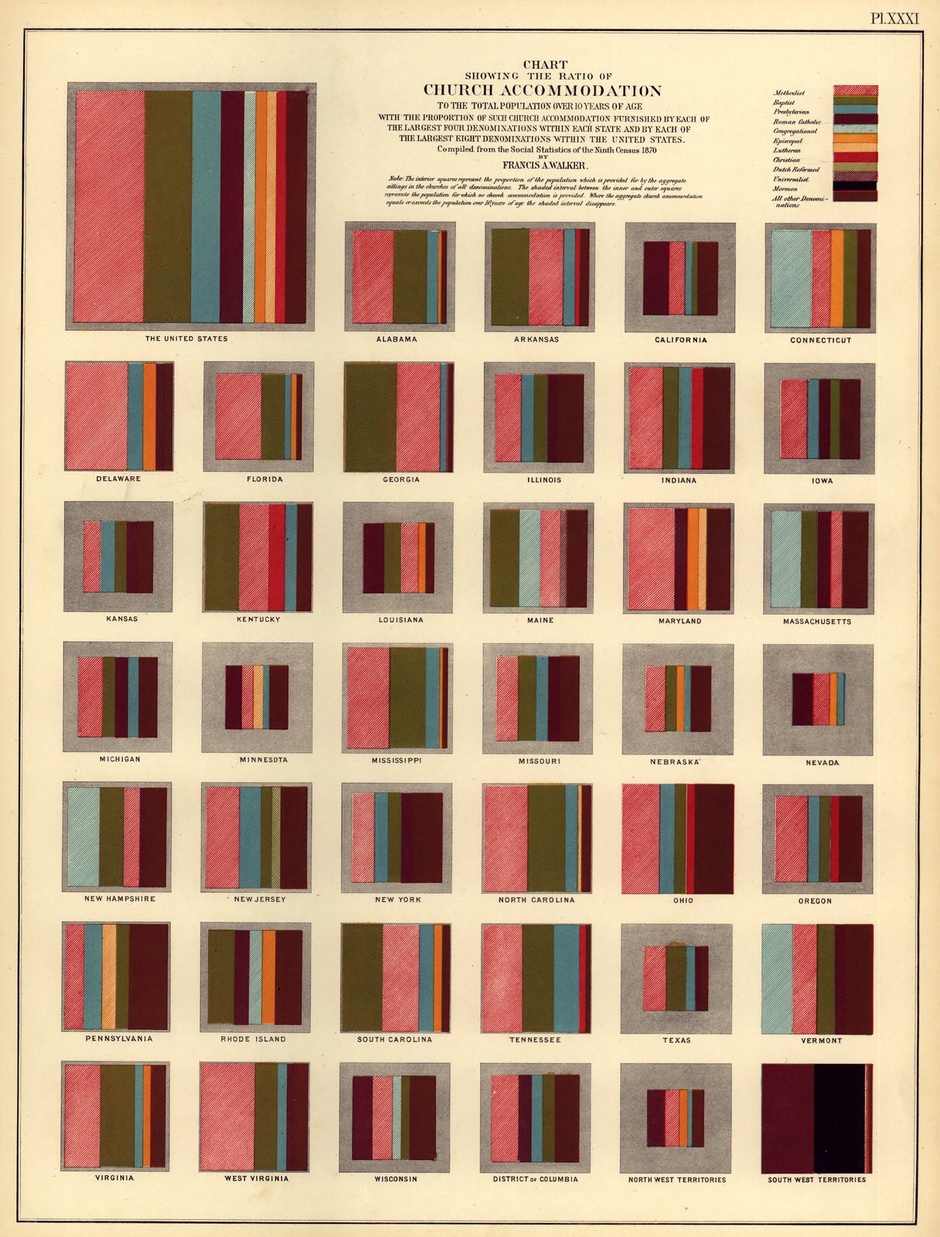Stephen Taylor at People4SmarterCities: “Smart cities understand that engaging the public in decision-making is vital to enhancing services and ensuring accountability. Here are three ideas that show how cities are embracing new technologies and opening up data to spur civic participation and improve citizens’ lives.
City Texts Help Keep Food on the Table
In San Francisco, about a third of the 52,000 people that receive food stamps are disenrolled from the program because they miss certain deadlines, such as filing quarterly reports with the city’s Human Services Agency. To help keep recipients up to date on their status, the nonprofit organization Code for America worked with the city agency to create Promptly, an open-source software platform that sends alerts by text message when citizens need to take action to keep their benefits. Not only does it help ensure that low-income residents keep food on the table, it also helps the department run more efficiently as less staff time is spent on re-enrollments.
Fired Up in Los Angeles Over Open Data
For the Los Angeles Fire Department, its work is all about responding to citizens. Not only does it handle fire and medical calls, it’s also the first fire agency in the U.S. to gather and post data on its emergency-response times on the Internet through a program called FireStat. The data gives citizens the opportunity to review metrics such as the amount of time it takes for stations to process emergency calls, the time for firefighters to leave the station and the travel time to the incident for each of its 102 firehouses throughout the city. The goal of FireStat is to see where and how response times can be improved, while increasing management accountability….(More)”


